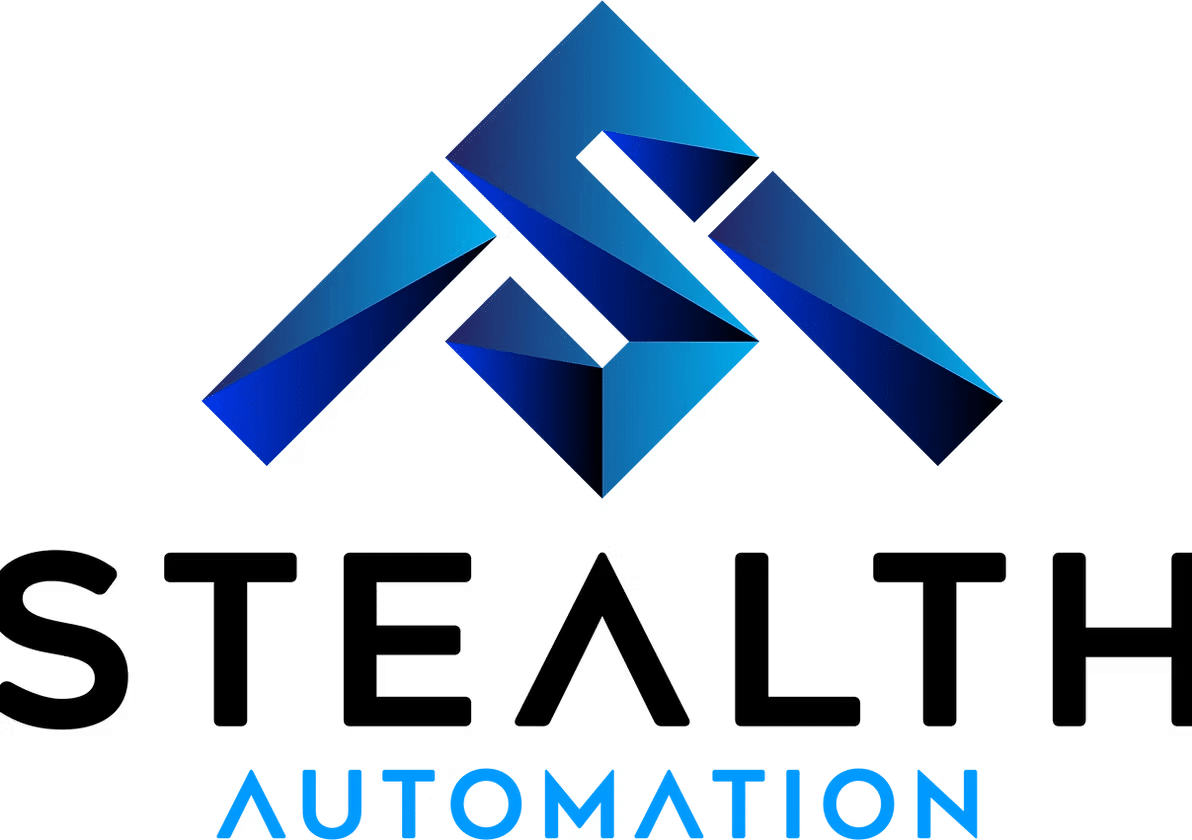The best bead inspection method depends on the specific application and requirements, but several advanced techniques are commonly used for inspecting welding beads or similar types of beads.
Here are some of the most effective methods:
1. Visual Inspection: This is the most basic and widely used method, often supplemented by magnification or lighting. Visual inspection helps detect surface defects like cracks, porosity, or undercuts. While simple, it’s effective for quick assessments.
2. Machine Vision Systems: Machine vision offers automated, precise, and reliable inspection of bead appearance, ensuring uniformity in welds or beads. Cameras and advanced software analyze the shape, size, and placement of beads. This method is highly effective for high-throughput production environments, where consistency and speed are critical.
3. Laser Profiling: Laser-based systems use light to create 3D profiles of the bead. These systems can measure the height, width, and surface irregularities of the bead with high precision, detecting defects that might not be visible through traditional methods.
4. Ultrasonic Testing (UT): For deeper inspection, especially for detecting internal defects in the bead such as voids, cracks, or inclusions, ultrasonic testing can be employed. It uses high-frequency sound waves to penetrate the material and analyze the internal structure.
5. X-ray or CT Scanning: For the most detailed and non-destructive evaluation, X-ray or Computed Tomography (CT) scanning can provide a clear image of the internal structure of beads, detecting subsurface defects like porosity or cracks that may affect the bead’s strength.
6. Eddy Current Testing: This non-destructive testing (NDT) method uses electromagnetic induction to detect surface and near-surface defects in the bead. It’s particularly useful for materials with conductive properties and can detect small variations in thickness or cracks.
7. Microscopy: For extremely high precision, especially in critical applications like aerospace or medical devices, optical or electron microscopy is used to inspect the bead at the microscopic level to identify fine defects, such as microcracks or contamination.
8. Automated Optical Inspection (AOI): AOI uses cameras and specialized algorithms to check the bead’s visual characteristics in real time, providing high accuracy and speed. It’s ideal for high-volume production where consistency is paramount.
Selecting the Best Method
For surface defects: Machine vision, laser profiling, or visual inspection are ideal.
For internal defects: Ultrasonic testing, X-ray, or CT scanning are recommended.
For consistency in mass production: Machine vision or automated optical inspection (AOI) would be most effective.
Ultimately, the best inspection method depends on the required level of detail, the volume of production, and whether the focus is on surface or internal defects.
If you need expert guidance on selecting the best inspection method for your application, contact Stealth Automation today!
